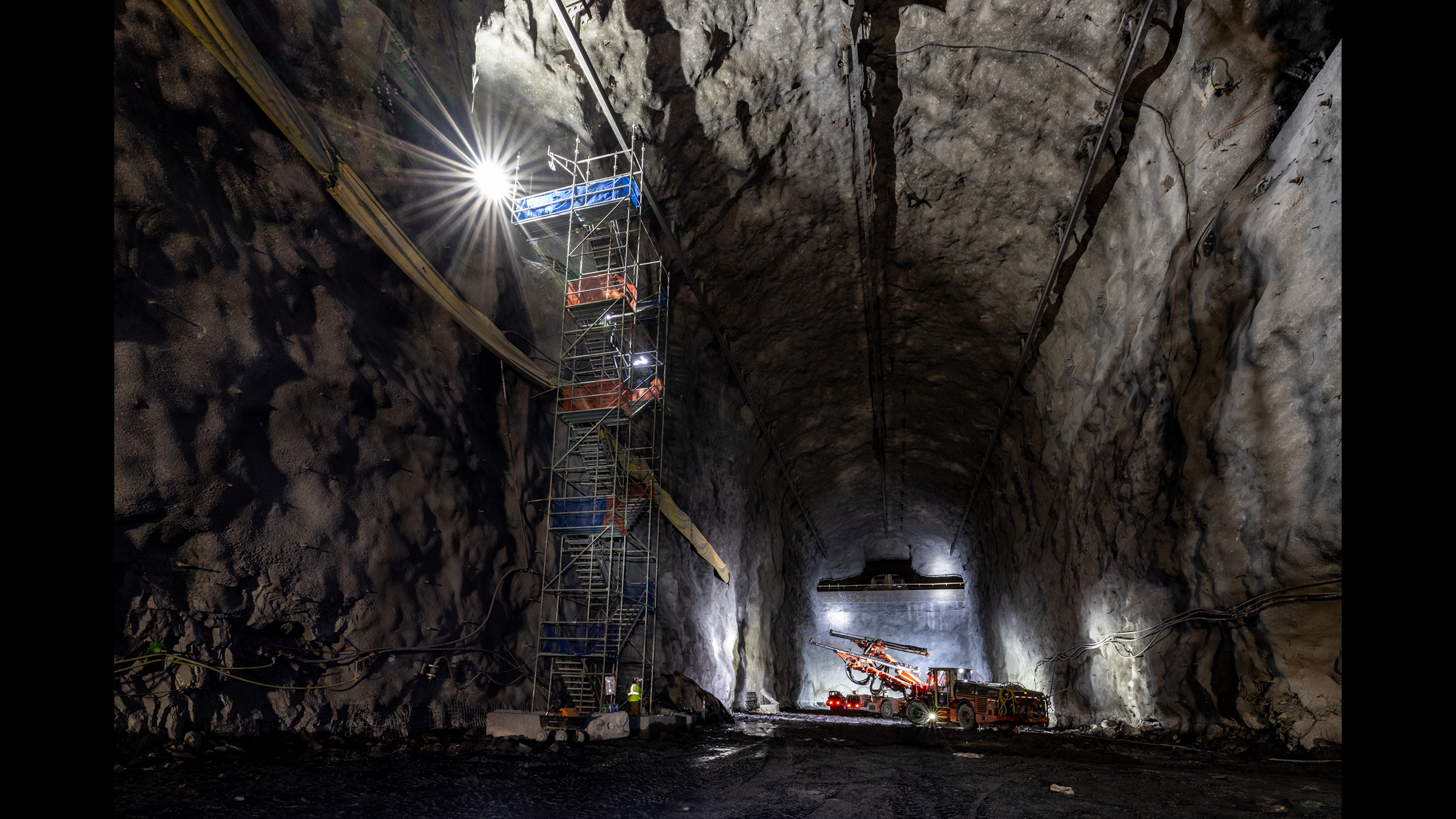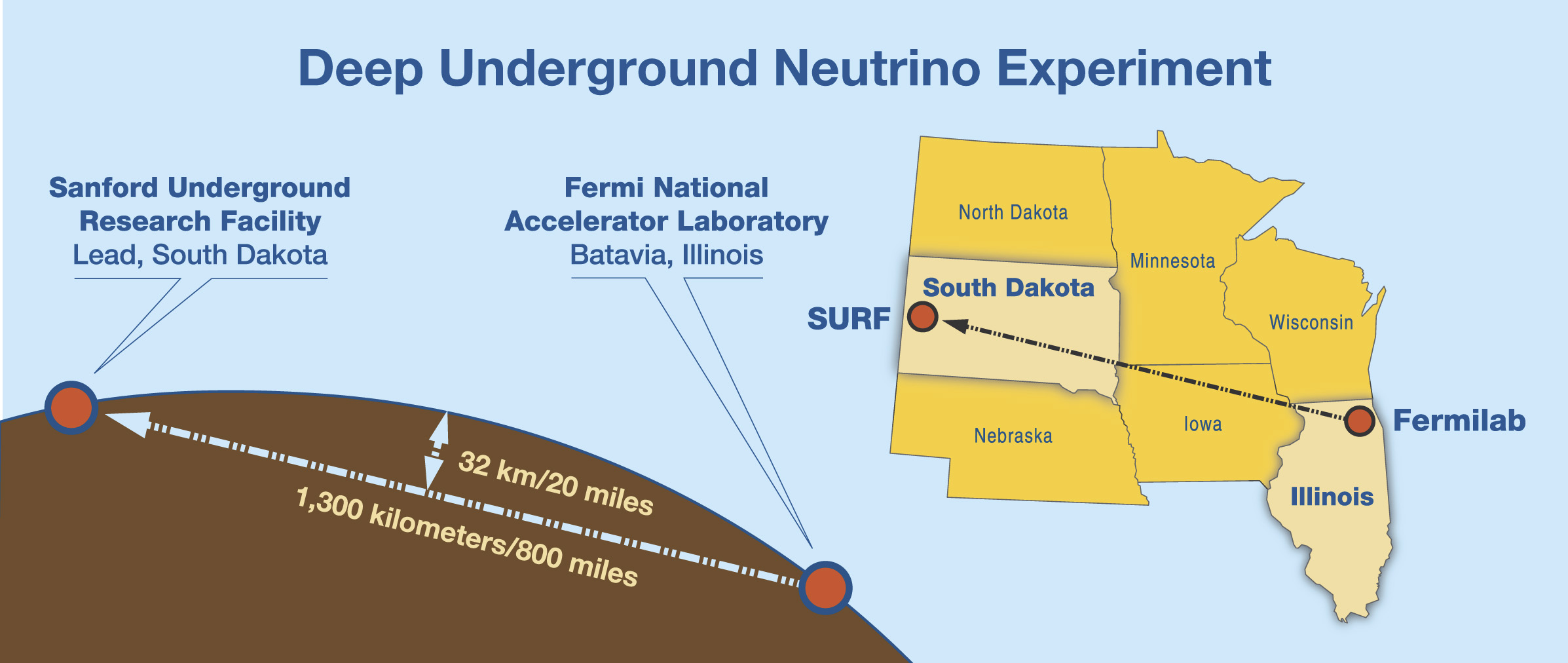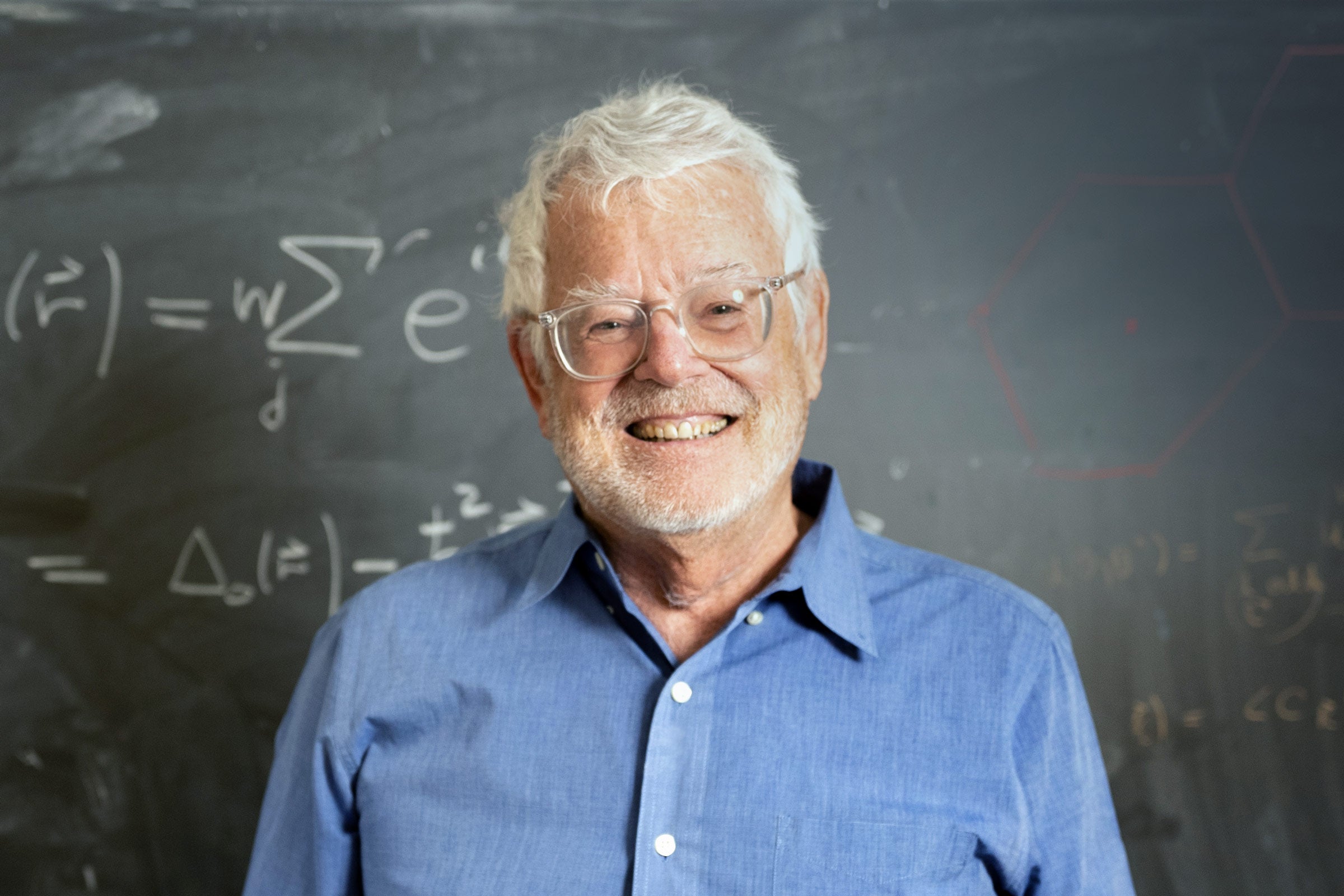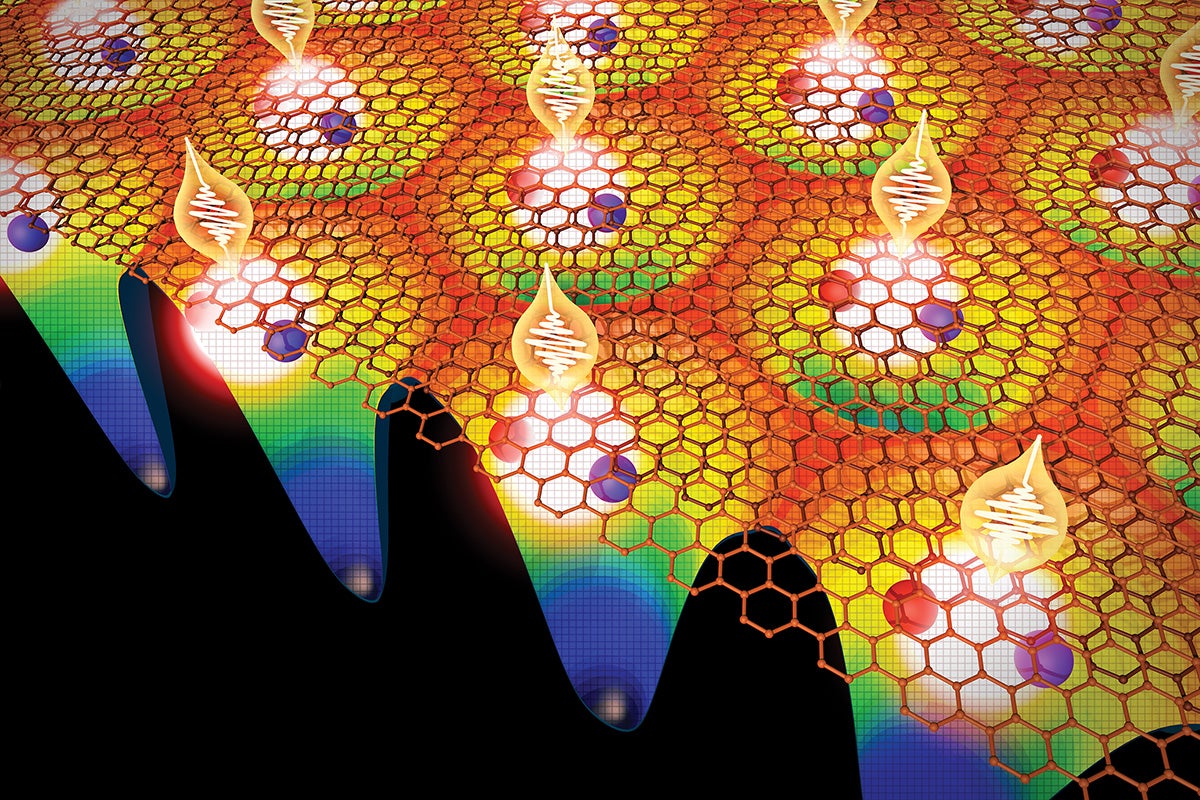Excavation of Colossal Caverns for Neutrino Experiment Completed
The caverns in Lead, South Dakota, will house the gigantic particle detectors of the Deep Underground Neutrino Experiment.

Construction workers created two colossal caverns, each more than 500 feet long and about seven stories tall, for the gigantic particle detector modules of the Deep Underground Neutrino Experiment, hosted by Fermilab. A third cavern will house utilities for the operation of the detector. Photo: Matthew Kapust, Sanford Underground Research Facility
Excavation workers have finished carving out the future home of the gigantic particle detectors for the international Deep Underground Neutrino Experiment, a multi-institution research initiative involving scientists from The University of Texas at Austin. Located a mile below the surface, the three colossal caverns are at the core of a new research facility that spans an underground area about the size of eight soccer fields.
Hosted by the U.S. Department of Energy’s Fermi National Accelerator Laboratory (Fermilab), DUNE scientists—including UT physics faculty member Karol Lang—will study the behavior of mysterious particles known as neutrinos to solve some of the biggest questions about our universe. Why is our universe composed of matter? How does an exploding star create a black hole? Are neutrinos connected to dark matter or other undiscovered particles?
“These solutions can be found only by collecting more precise data, specifically by conducting experiments, which for neutrinos—whose probability of interacting with matter is tiny—translates to large detectors that must be shielded from common cosmic rays by placing them deep underground,” said Lang, UT’s Jane and Roland Blumberg Professor in Physics. “Such special conditions are conducive not only to study properties of neutrinos but also to further exploring other related phenomena that can shed light onto these mysteries of the universe.”
The caverns provide space for four large neutrino detectors—each one about the size of a seven-story building. The detectors will be filled with liquid argon and record the rare interaction of neutrinos with the transparent liquid.
Trillions of neutrinos travel through our bodies each second without our even knowing it. With DUNE, scientists will look for neutrinos from exploding stars and examine the behavior of a beam of neutrinos produced at Fermilab, located near Chicago, about 800 miles east of the underground caverns. The beam, produced by the world’s most intense neutrino source, will travel straight through earth and rock from Fermilab to the DUNE detectors in South Dakota. No tunnel is necessary for the neutrinos’ path.
“The completion of the excavation of these enormous caverns is a significant achievement for this project,” said U.S. Project Director Chris Mossey. “Completing this step prepares the project for installation of the detectors starting later this year and brings us a step closer towards fulfilling the vision of making this world-class underground facility a reality.”

The Deep Underground Neutrino Experiment will generate the world’s most intense beam of high-energy accelerator neutrinos at Fermilab in Illinois, and send them 800 miles (1,300 km) straight through the earth to mile-deep detectors at the Sanford Underground Research Facility in South Dakota. Neutrinos, which rarely interact with anything, can pass through the earth with no tunnel required. Illustration credit: Diana Brandonisio
Gilly Elor, a research scientist in theoretical physics at UT Austin, has already proposed one possible experimental search related to dark matter that could be carried out under the auspices of DUNE when the first detector becomes operational (the current target is in 2028).
There are several competing theories to explain the nature of dark matter. Elor and Joshua Berger of Colorado State University have identified unique signals that should be produced if a certain class of dark matter particles interacts with atomic nuclei in the detectors. Their study, currently available on arXiv, has been accepted for publication in the journal Physics Review Letters.
“If discovered, this signal of Mesogenesis would not only explain the nature of dark matter—the as-yet undiscovered missing component of matter in the universe, but also why the universe is dominated by matter which makes up stars, planets and us,” Gilly said.
Engineering, construction and excavation teams have been working 4,850 feet below the surface since 2021 at the Sanford Underground Research Facility, home of the South Dakota portion of DUNE. Workers spent about two years blasting and removing close to 800,000 tons of rock from underground.
The DUNE collaboration, which includes more than 1,400 scientists and engineers from over 200 institutions in 36 countries, has successfully tested the technology and assembly process for the first detector. Mass production of its components has begun. Testing of the technologies underlying both detectors is underway using particle beams at the European laboratory CERN.
Workers will soon begin to outfit the caverns with the systems needed for the installation of the DUNE detectors and the daily operations of the research facility. Later this year, the project team plans to begin the installation of the insulated steel structure that will hold the first neutrino detector.



